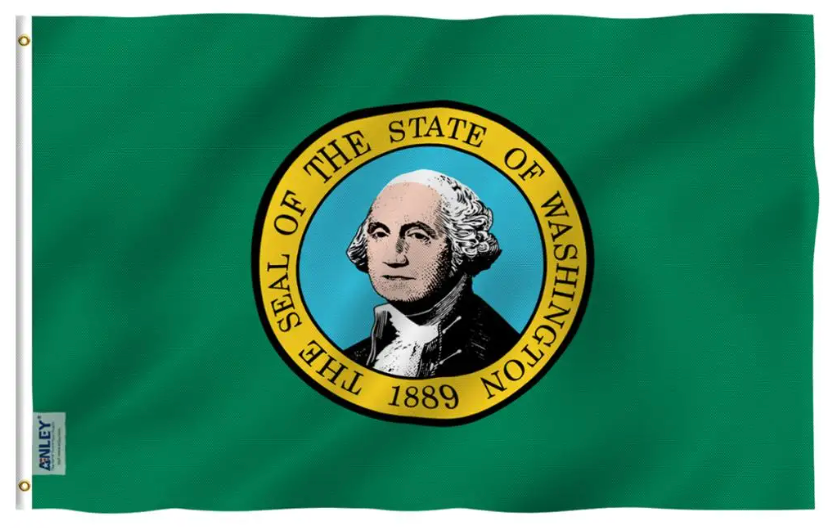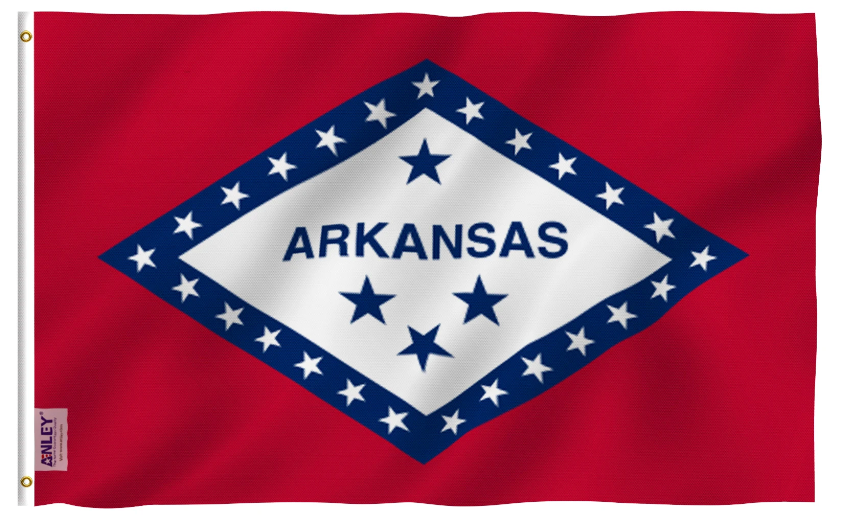Introduction to Military Flags
Military flags hold significant meaning and symbolism, representing the honor, courage, and dedication of the men and women who serve in the United States Armed Forces. Each branch of the military has its own flag, each with unique symbols and colors that reflect its history and values.
The U.S. Army Flag
- Design and Symbolism: The U.S. Army flag features a white field with the War Office Seal in blue, a red scroll inscribed with "United States Army," and the year "1775" beneath it, marking the establishment of the Army. The blue symbol represents loyalty and vigilance, while the red stands for valor and bravery.
- Significance: The flag is a reminder of the Army's long history and its commitment to defending the nation. It is displayed during official ceremonies, parades, and other events to honor the service and sacrifice of soldiers.
The U.S. Navy Flag
- Design and Symbolism: The U.S. Navy flag consists of a dark blue field with the Navy seal in the center, featuring an eagle, anchor, and ship. A yellow scroll below the seal bears the inscription "United States Navy."
- Significance: The Navy flag symbolizes the strength and readiness of the naval forces. It represents the Navy's mission to protect the seas and ensure maritime freedom. The flag is prominently displayed during naval ceremonies and events.
The U.S. Marine Corps Flag
- Design and Symbolism: The U.S. Marine Corps flag features a scarlet field with the Corps emblem of an eagle, globe, and anchor in gold and gray. The scroll reads "United States Marine Corps" and the motto "Semper Fidelis" (Always Faithful).
- Significance: The Marine Corps flag embodies the courage, honor, and commitment of the Marines. It is used in parades, ceremonies, and official functions to honor the Marines' role in defending the nation.
The U.S. Air Force Flag
- Design and Symbolism: The U.S. Air Force flag has a blue field with the Air Force coat of arms in the center, featuring a shield, eagle, and 13 white stars representing the original colonies. The scroll bears the words "United States Air Force."
- Significance: The Air Force flag symbolizes the dedication and excellence of the airmen. It represents the Air Force's commitment to air and space superiority, global strike, and rapid global mobility.
The U.S. Coast Guard Flag
- Design and Symbolism: The U.S. Coast Guard flag consists of a white field with the Coast Guard emblem in the center, featuring an eagle, shield, and anchor. The scroll reads "United States Coast Guard" and the year "1790," marking the establishment of the service.
- Significance: The Coast Guard flag symbolizes the maritime security, search and rescue, and law enforcement missions of the Coast Guard. It is displayed during official ceremonies and events to honor the Coast Guard's contributions to national security.
Conclusion
Understanding the meaning behind different military flags helps us appreciate the dedication and sacrifice of the men and women in uniform. Each flag represents the unique history, values, and mission of its respective branch, serving as a powerful symbol of their commitment to defending our nation. Displaying these flags with respect and pride is a way to honor their service and show our gratitude.
These blog posts can help engage your audience by providing valuable information and fostering a deeper appreciation for the symbols and traditions that represent American patriotism and military service.



















































